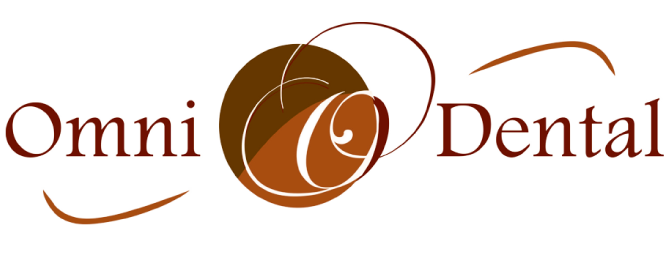Invisalign Insights: Making an Informed Choice in West Omaha
Invisalign Insights: Making an Informed Choice in West Omaha
In today’s fast-paced world, where appearance and convenience often go hand-in-hand, Invisalign has emerged as a popular choice for adults in West Omaha looking to enhance their smiles. As you contemplate a seamless transition to straighter teeth, the wealth of information available online can be both a boon and overwhelming. Let’s break down some key resources to simplify your research journey.
- https://www.invisalign.com/
The official Invisalign website is a treasure trove of interactive content. It doesn’t just explain the process; it also provides personalized insights through quizzes and detailed subpages. These address specific dental concerns such as crossbites, underbites, and gaps. The platform also features a handy tool to locate certified Invisalign providers in your vicinity—just by entering your zip code. - https://www.healthline.com/health/does-invisalign-work
For those seeking a clear, concise overview, Healthline offers an article that cuts through the jargon. It presents a no-nonsense look at Invisalign, outlining the advantages over traditional braces. The credibility is bolstered by cited sources and an edit history, allowing for a transparent view of the information provided. - https://www.webmd.com/oral-health/invisible-orthodontic-aligners
WebMD presents a quick, informative read that can be digested in minutes. The article is peppered with internal links for deeper exploration and cites its sources meticulously, offering a comprehensive look at what invisible orthodontic aligners entail, including a roster of local doctors offering these services. - https://www.colgate.com/en-us/oral-health/adult-orthodontics/what-do-invisalign-braces-cost-are-they-worth-it
Lastly, a piece from Colgate weighs the financial considerations of opting for clear aligners. It features a direct cost comparison with conventional braces and a checklist of reasons to choose Invisalign. It also echoes the American Dental Association’s advice against purchasing aligners directly from manufacturers, stressing the importance of professional oversight.As residents of West Omaha, between the ages of 25-45, seeking cosmetic dental solutions, you now have access to a myriad of resources that can guide you towards making an informed decision. The quest for a more confident smile with the convenience of Invisalign is a personal journey, one that should be embarked upon with the right information and professional guidance.We invite you to connect with Omni Dental in West Omaha, NE. Our team is ready to provide expert advice, address your individual needs, and guide you through the Invisalign process. Take the first step towards a radiant smile and the confidence that comes with it—call Omni Dental today, and let’s shape the future of your smile together.



